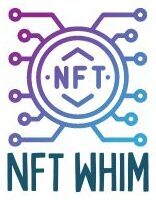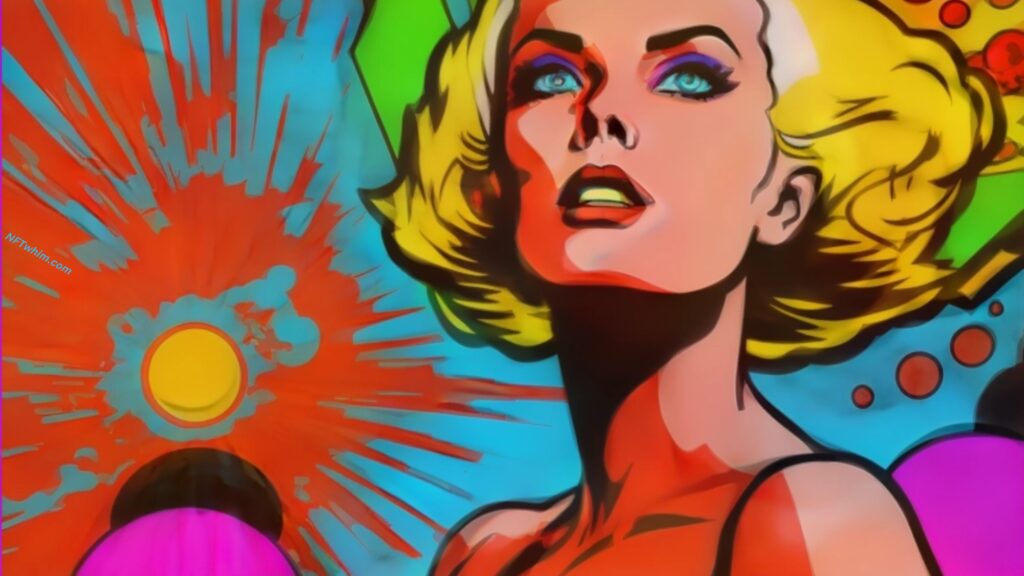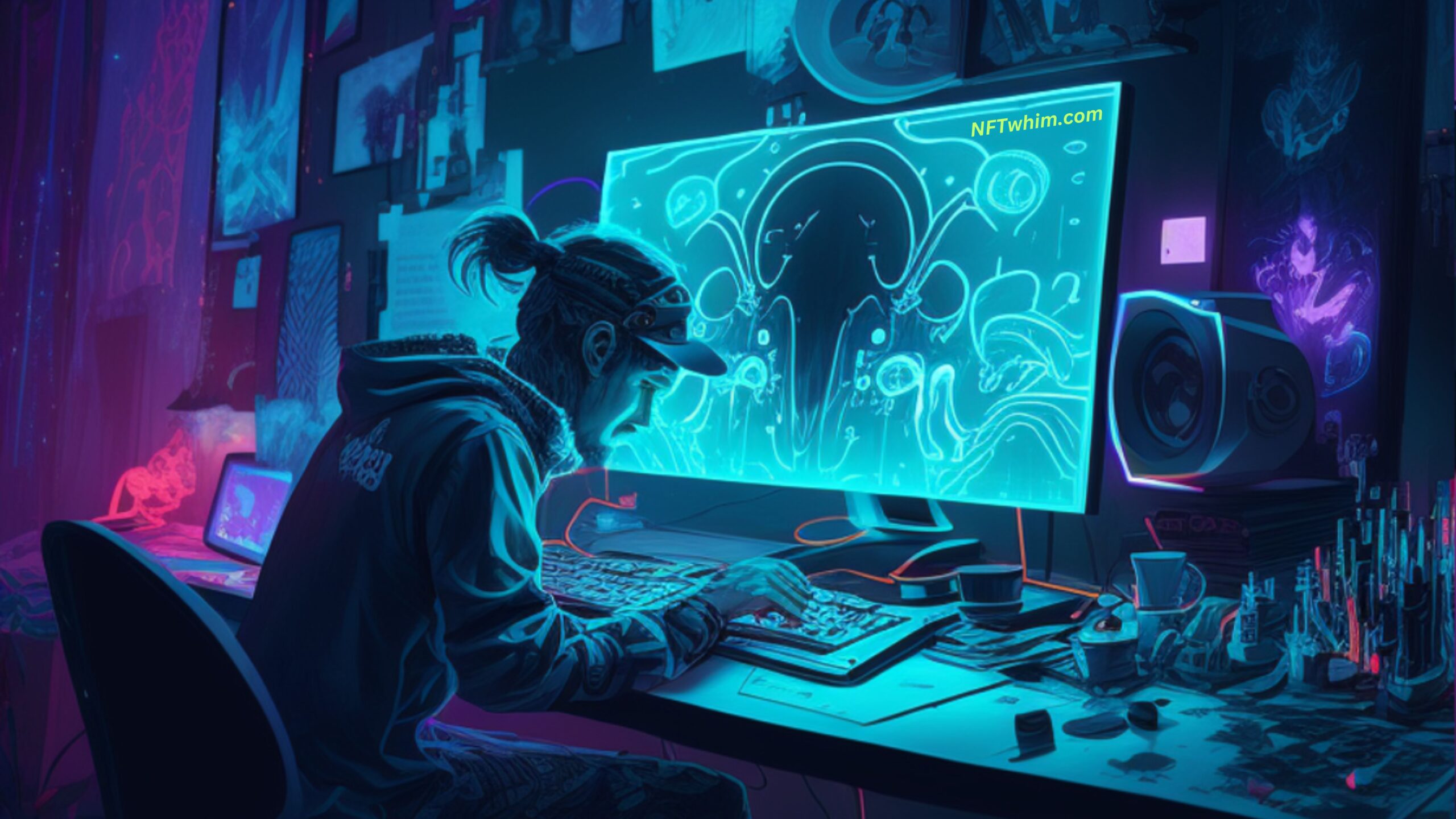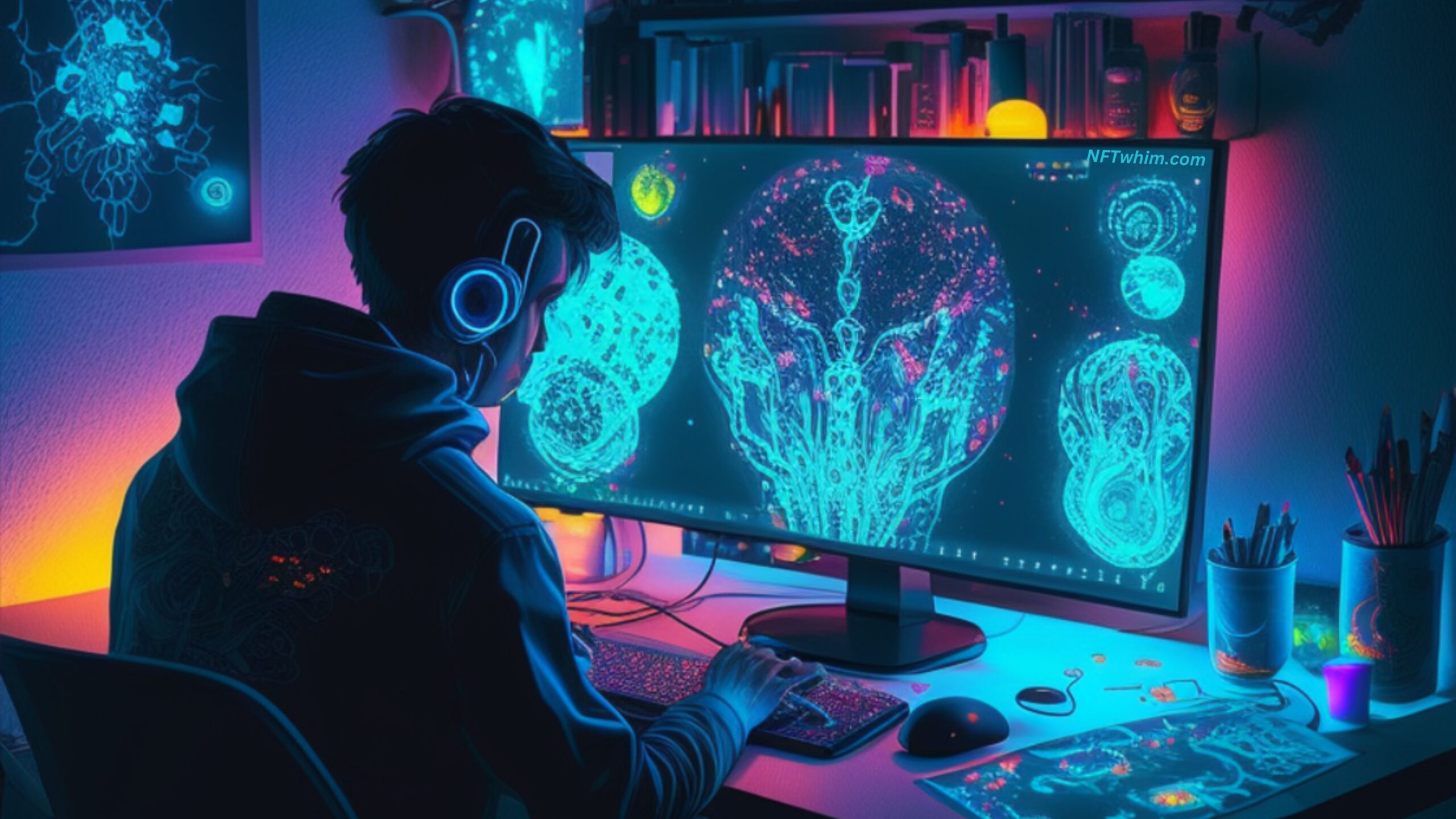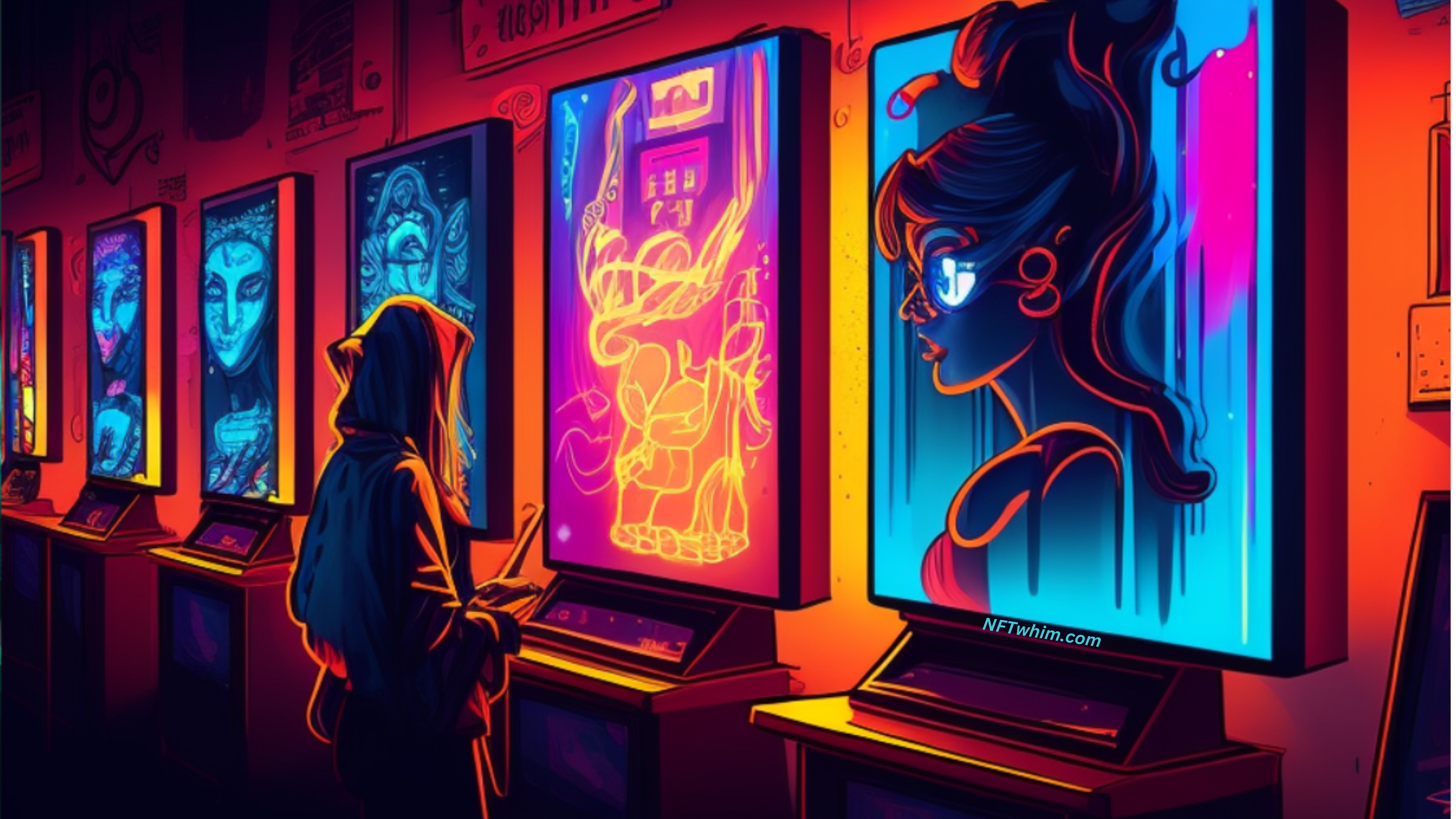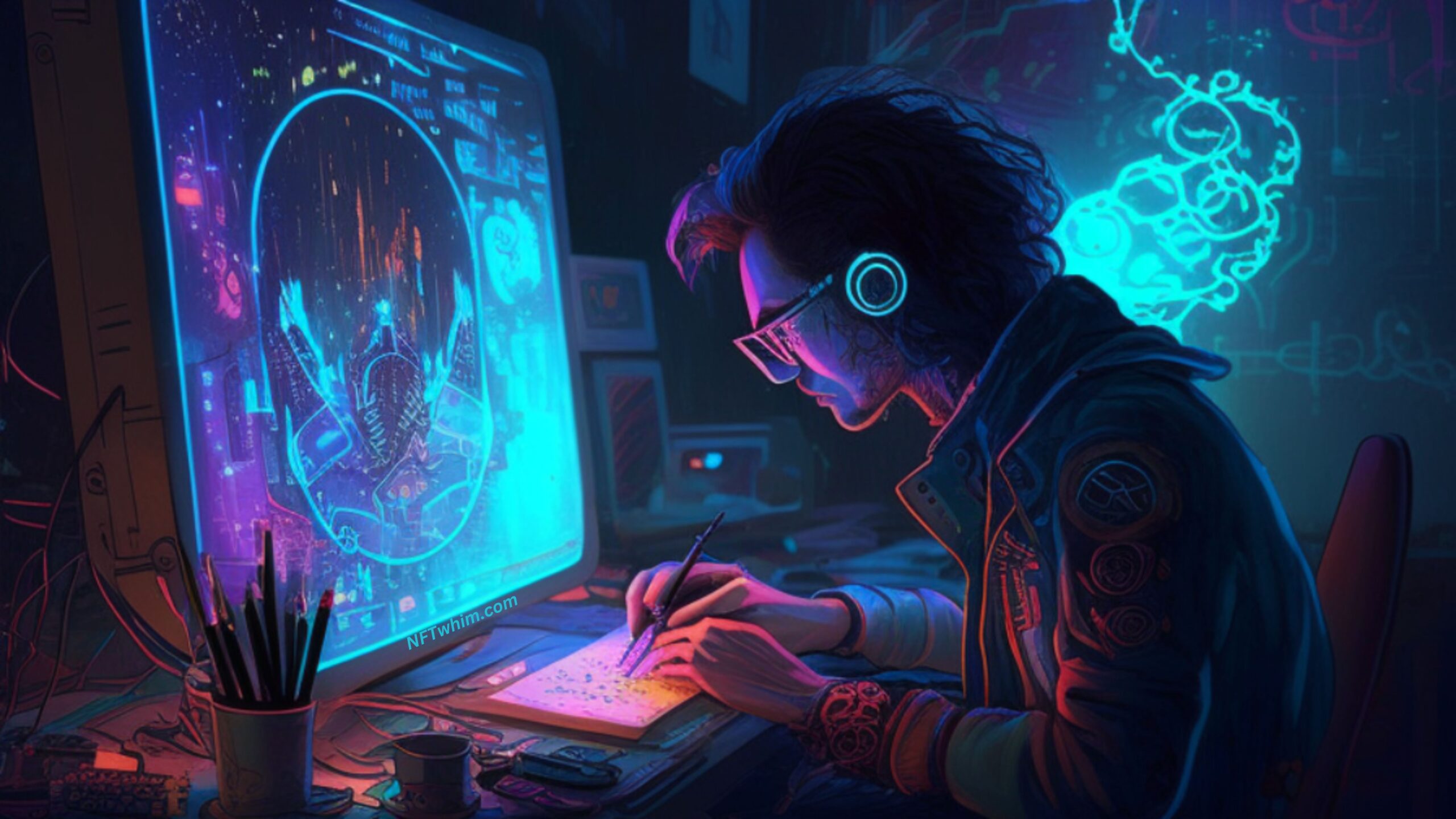If you’re an artist or creative with a passion for pop art, you may have heard of NFTs – Non-Fungible Tokens. NFTs are a digital asset that represent ownership of unique, unparalleled artwork or collectibles, and they’re rapidly becoming a popular way for artists to monetize their work. In this guide, I’m going to show you how to create and sell NFT Pop Art, even if you have no experience with NFTs or digital art.
Let’s get started. We’ll go over the following topics:
What is NFT Pop Art?
First, let’s define NFT Pop Art. NFT stands for non-fungible token, which is a unique digital asset that is verified on a blockchain network. Pop Art, on the other hand, is a style of art that emerged in the 1950s and 60s and is characterized by bold colors, simplified forms, and an emphasis on popular culture.
NFT Pop Art combines these two concepts by using pop art techniques to create digital artwork that is then verified and sold as an NFT. The benefits of creating and selling NFT Pop Art include the ability to monetize your art, reach a wider audience, and join a growing community of digital artists.
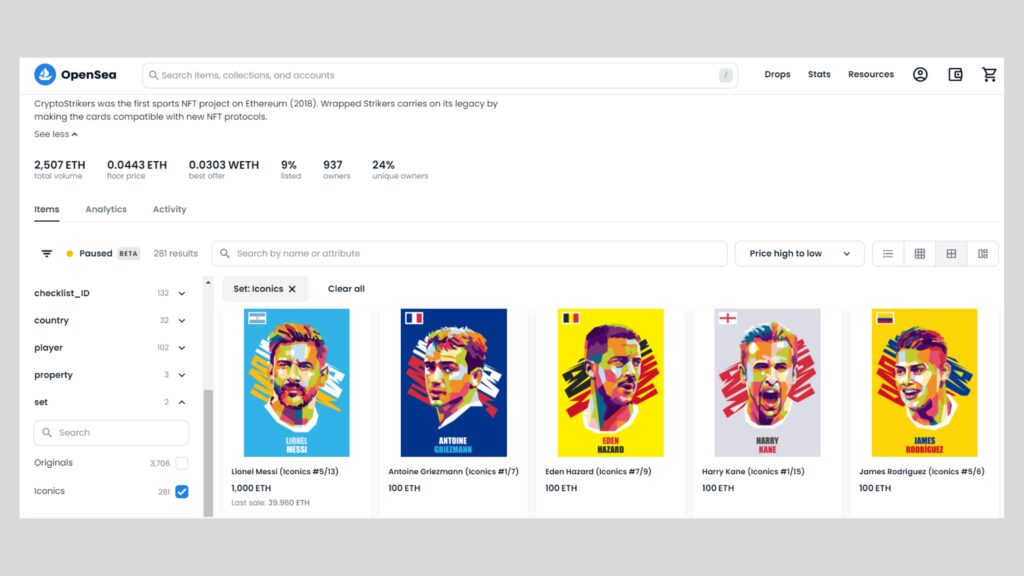
Getting started with NFT Pop Art
Before you can create NFT Pop Art, you’ll need to understand the basics of pop art, choose a subject and style for your artwork, and identify the tools and software you’ll need to create it.
Pop art is all about taking elements of popular culture and reinterpreting them in a bold, colorful way. So when choosing a subject for your NFT Pop Art, think about things like celebrities, fashion, music, and movies. As for style, consider using techniques like bold outlines, flat colors, and collage elements to give your artwork that pop art feel.
When it comes to tools and software, Adobe Illustrator is a popular choice for creating vector-based NFT Pop Art. This software allows you to create precise, scalable artwork that is perfect for the digital medium. Another often used software tool is Procreate, which has similar features.

Creating NFT Pop Art step-by-step
Now that you have a basic understanding of pop art and the tools you’ll need, it’s time to create your NFT Pop Art! Here’s a step-by-step guide to help you get started:
Step 1: Sketching and ideation
Begin by sketching out your ideas and brainstorming different concepts for your NFT Pop Art. This is a great time to experiment with different compositions, color palettes, and subject matter.
Step 2: Choosing color palettes
Pop art is all about bold colors, so take some time to choose the right color palette for your artwork. Consider using bright, contrasting colors to make your artwork stand out.
Step 3: Creating the artwork using Adobe Illustrator
Once you have a solid concept and color palette, it’s time to start creating your artwork. Use Adobe Illustrator to create your artwork using vector-based shapes and lines. This will allow you to create crisp, clean lines and shapes that can be scaled up or down without losing quality.
Step 4: Adding finishing touches and effects
Once your artwork is complete, it’s time to add some finishing touches and effects to give it that extra pop. Consider adding texture, shadows, and highlights to make your artwork really stand out.
Step 5: Saving and exporting your artwork as an NFT
Once your artwork is complete, it’s time to save and export it as an NFT. This involves minting your artwork on a blockchain network and creating a unique digital asset that can be verified and sold as an NFT.
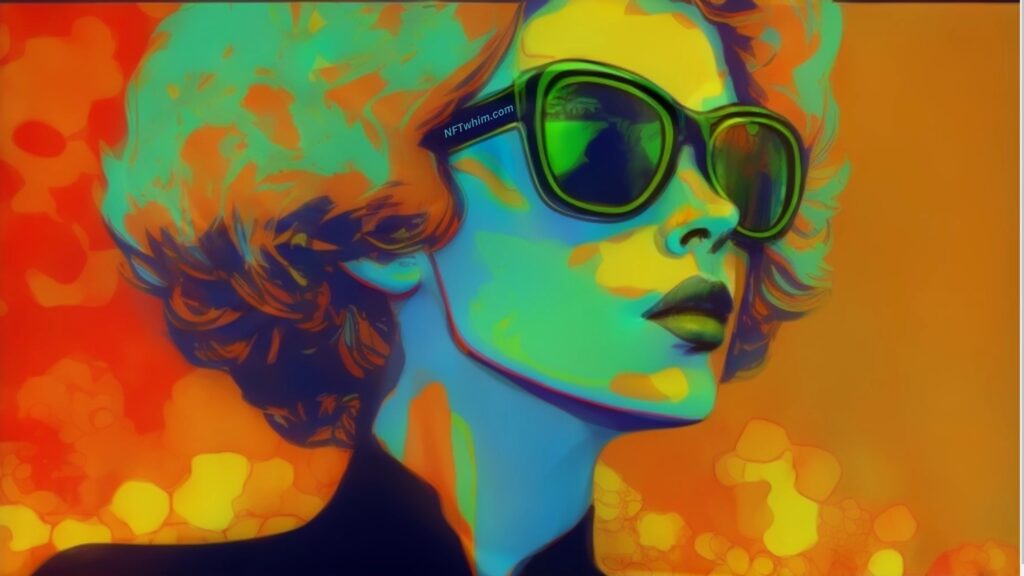
Minting and selling your NFT Pop Art
Now that your NFT Pop Art is complete, it’s time to start selling it! Here’s a step-by-step guide to help you get started:
- Step 1: Understanding the process of minting an NFT Minting an NFT involves creating a unique digital asset that can be verified and sold on a blockchain network. This process can be done through various platforms such as OpenSea, Nifty Gateway, or Rarible. Each platform has its own unique features and fees, so do your research and choose the platform that’s right for you.
- Step 2: Choosing the right platform to sell your NFT Pop Art When choosing a platform to sell your NFT Pop Art, consider factors such as fees, user interface, and the audience it attracts. For example, Nifty Gateway is known for its high-end art auctions, while OpenSea is popular for its wide range of digital assets and lower fees.
- Step 3: Listing your NFT Pop Art for sale Once you’ve chosen a platform, it’s time to list your NFT Pop Art for sale. This involves setting a price for your artwork, writing a description, and adding any additional information such as the edition size or rarity.
- Step 4: Promoting your NFT Pop Art Promoting your NFT Pop Art is key to attracting potential buyers. Consider using social media platforms such as Twitter and Instagram to showcase your artwork and interact with potential buyers. You can also reach out to art collectors, galleries, and influencers who may be interested in your artwork.
- Step 5: Selling your NFT Pop Art When a buyer purchases your NFT Pop Art, the transaction is verified on the blockchain network and the ownership of the digital asset is transferred to the buyer. As the creator of the NFT Pop Art, you’ll receive a percentage of the sale price.

Tips for creating and selling NFT Pop Art
Creating and selling NFT Pop Art can be a complex process, but with these tips, you’ll be well on your way to success:
- Experiment with different styles and techniques to find what works for you.
- Stay up-to-date on the latest trends and developments in the NFT world.
- Network with other digital artists and art collectors to build relationships and gain exposure.
- Be transparent about your artwork and its creation process to build trust with potential buyers.
- Price your artwork fairly based on its uniqueness, rarity, and demand.
- Have patience and persistence – success in the NFT world takes time and effort.
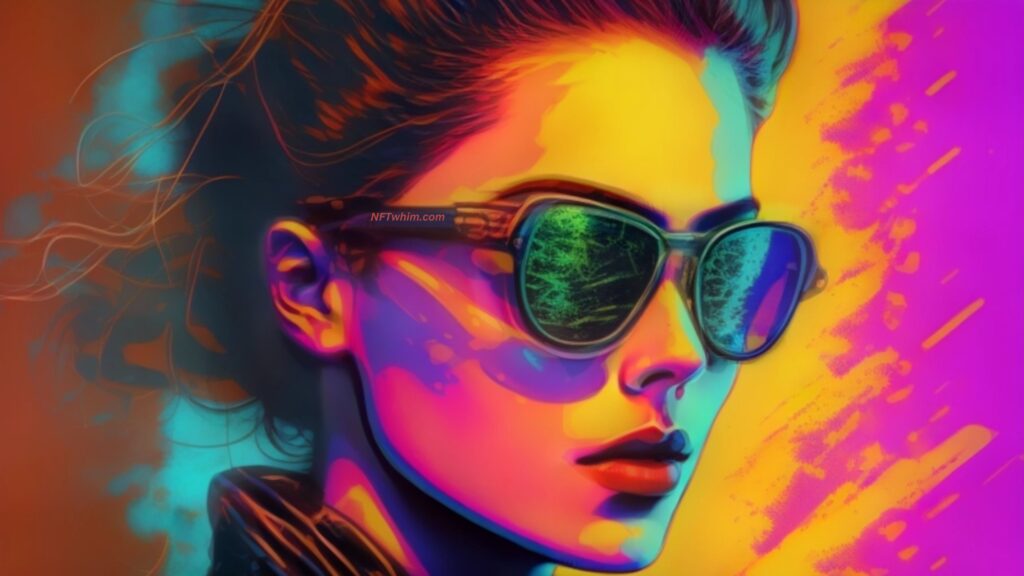
Common mistakes to avoid
While there are many things you can do to succeed in creating and selling NFT Pop Art, there are also several common mistakes to avoid. Here are a few to keep in mind:
- Not doing enough research. It’s important to thoroughly research NFTs, digital art, and the platforms you’ll be using before diving in.
- Not setting realistic expectations. Creating and selling NFT Pop Art takes time and effort, so be prepared for a marathon, not a sprint.
- Not valuing your artwork. Just because your artwork is digital doesn’t mean it isn’t valuable. Make sure to set a fair price for your NFTs that reflects the time and effort you put into creating them.
- Focusing too much on the money. While selling NFT Pop Art can be a lucrative endeavor, it’s important to focus on creating artwork that you’re passionate about and proud of.
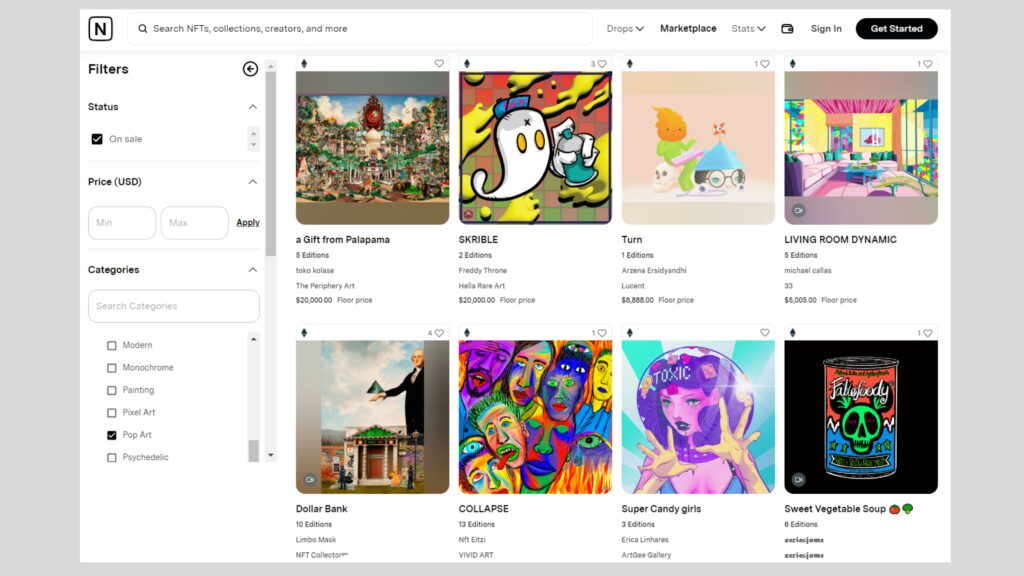
Conclusion
Creating and selling NFT Pop Art can be a rewarding and exciting experience, especially for those with a passion for digital art and pop culture. By following this step-by-step guide and incorporating these tips, you’ll be well on your way to creating and selling your own NFT Pop Art, even if you have no prior experience. So let your creativity flow and see where the NFT world takes you!
Robin
Author: Robin Olsson
Author Bio: I’m Robin and on this website, I share everything I’ve learned since getting into NFTs in 2021. I have a background in research and I’ve been in crypto for several years. You can read more about me here.
